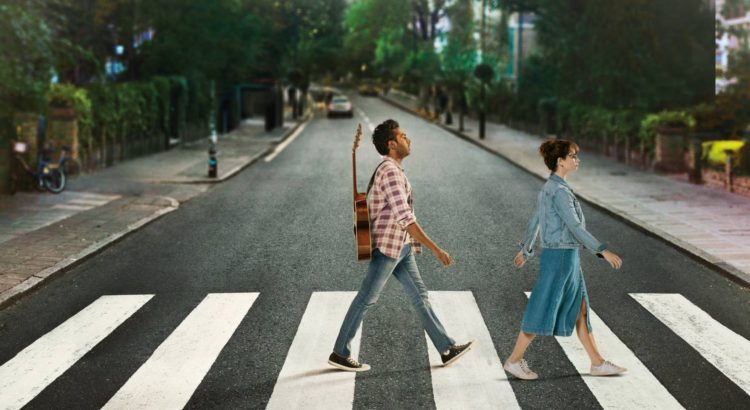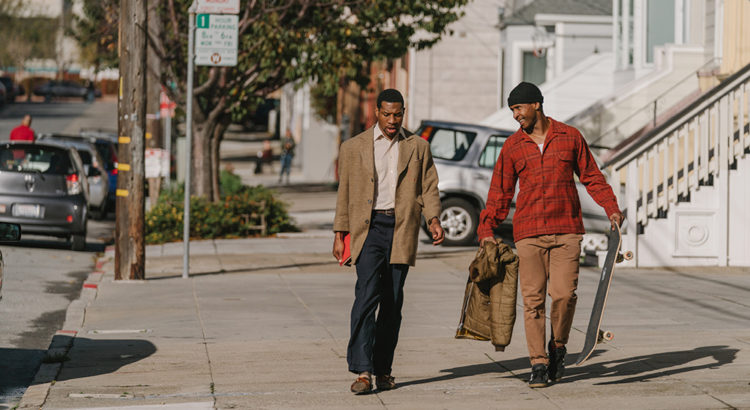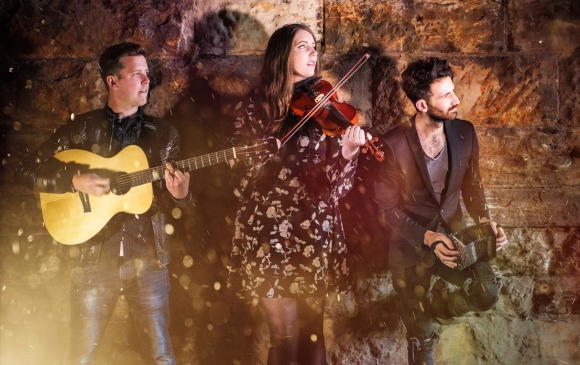Available through Amazon Prime Video, I recommend, for the audience’s consideration, Joe Talbot’s directorial masterpiece, The Last Black Man in San Francisco. This gem of a picture places itself in definitive rank with some of the greater films in Studio A24’s arsenal, with a portrayal of hope like that of The Disaster Artist, a restrained desperation to live well like While We’re Young, an awe-filled richness of color palette like that of The Florida Project, and the pain of family brokenness in a fashion similar to Mid90s. The trailer alone accurately represents the craftsmanship poured into this project, with cinematographically-sharp imagery, a speechless array of colors, and a somber yet familiar loyalty to the legacy of San Francisco.
This film centers around two friends, Jimmie and Montgomery, in the wake of this city’s gentrification. Montgomery is a poet working to better his craft, and Jimmie Fails dreams of repossessing a Victorian Mansion once built by his grandfather. Jimmie possesses an assured and quiet vibrancy, while Montgomery is of a sweeter, more analytical spirit; however, the ties that bind these two comrades are their individual and collective hopes for the future. A heart-warming feature of this film is the childlike nature of these two characters, and their graspings towards the good and the beautiful, as those who have seemingly lost a piece of their boyhoods due to homelessness, parentless-ness, or a lack of belonging. A movement of this film represents Jimmie and Montgomery as they struggle with being outcasts from the local group of black males who are portrayed as emotionally-aloof and hyper-masculine. Jimmie and Montgomery do not only fail to feel at home in their family circles, but are ridiculed and excluded by their old friends who belong to this group.
Great tragedy strikes when Kofi, an old friend of Jimmie’s and member of this group, loses his life in a shootout while trying to prove that he is intimidating and worthy of esteem. This tragic loss of life is the implicit product of extreme social pressures against authenticity that are pushed by the leaders of this posse. This seems to call into question the necessity and healthiness of friendships that don’t encourage you to be authentic. From this death, you see several posse members develop into a willingness to express vulnerability and heartbreak over the loss of their friend. This, and more, seems to critique the superficial standards for contemporary friendship, and also acts as a stark contrast to the brother-like, vulnerably-open relationship that is between Jimmie and Montgomery. These two are set apart from the crowd, because they dare to be authentic, and possess the courage that is to embrace suffering that inevitably is hand-in-hand with the raw joys of life.

This film is a burgeoning triumph, not only because it showcases the quietly-accompanying pain that is often present in our day-to-day lives, but paints a picture of the beauty in the mundane, simple hopes for one’s future. The viewer will be in great company as they resonate with the vein-ed question woven into this film: Who am I to be if there is nowhere to belong? Consistently throughout, this picture possesses a bravery in its storytelling as it fervently struggles to settle on a clear sense of “home.” What is home? Could it be the Victorian Mansion with a mysterious past, or simply a reassuring friend who offers companionship for the road ahead? The audience of this film will not only take pleasure in its craft and color, but will be convicted of the need for authenticity, alongside the encouragement that is a shared understanding in that they are not alone in feeling misplaced from time to time.







